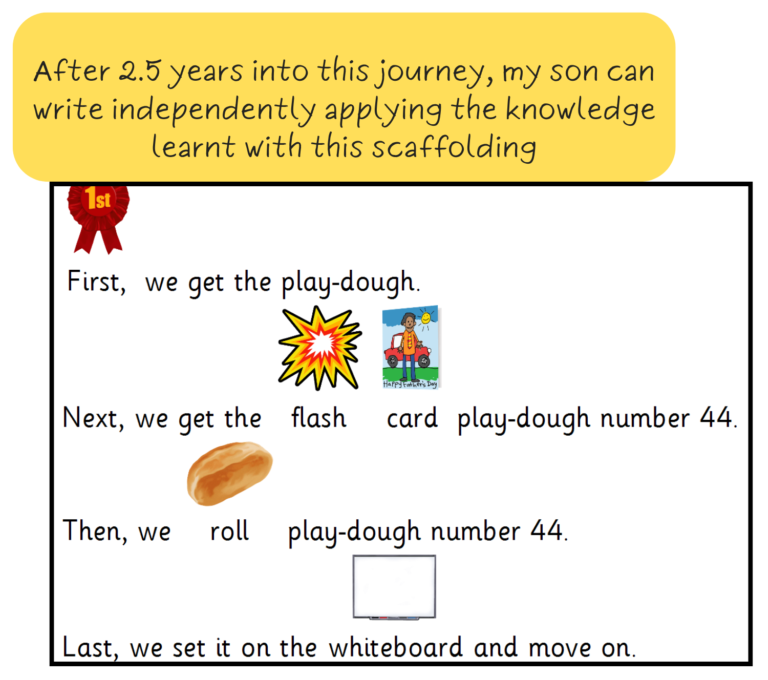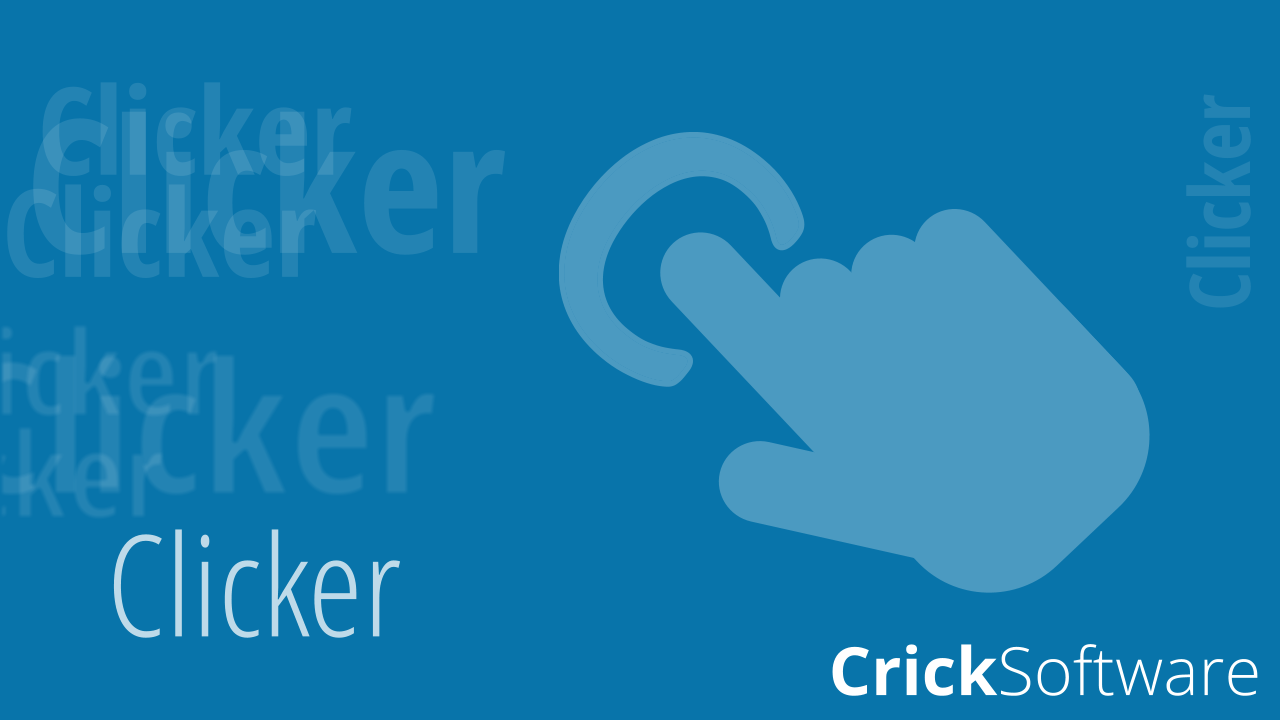Vanessa Simons has extensive experience using Clicker to support her son, Oliver, who is minimally verbal. Over the years, she has witnessed remarkable progress in Oliver's verbal communication skills, including a 60% increase in his verbal utterances since using Clicker.
Recently, Vanessa shared a glowing update about Oliver’s progress and the impact Clicker has had on his learning journey:
“I wanted to reach out to express my gratitude for your product Clicker and share how it has significantly impacted my son’s learning journey. Today, my son can effortlessly and independently type his work using Clicker. The Sentence Sets feature, along with auditory support, has been instrumental in helping him become independent with his typing. Recently, my son has started transcribing moments from his life using Clicker. His ability to chronologically express his experiences has been remarkable. This newfound communication skill has given me invaluable insights into how he processes information. His increased verbal utterances allow him to express his daily needs and negotiate alternatives effectively.”
We always love hearing how Clicker is making a difference in children’s learning and opening up the world of communication for them. Hearing from Vanessa was absolutely fantastic!
Vanessa also discussed with us her recent blog post, which explores combining Bloom’s Taxonomy – a framework designed to encourage higher-order thinking – with the supportive features in Clicker to scaffold her son’s learning. Vanessa has found that this approach can provide valuable insights into instructional planning and support for neurodiverse learners.
How Vanessa uses Clicker following Bloom’s Taxonomy:
- Remembering (Knowledge): Clicker provides levelled reading passages and matching exercises to help children recall facts through visual and audio cues.
- Understanding: Clicker’s Connect Sets and Word Banks help children combine pictures and words to form sentences, reinforcing understanding through scaffolded learning.
- Applying: For minimally verbal children, this might involve using communication tools like picture cards to express needs. Clicker aids in expanding vocabulary and applying it in different contexts, enhancing communication skills.
- Analysing: Clicker Sets help children recall and sequence stories and answering ‘WH questions’ (who, where, what, why, when etc.) to develop comprehension.
- Evaluating: Although complex evaluations may be challenging for some minimally verbal children, they can still express preferences and make choices. Clicker Boards can be used to evaluate characters by describing them or sorting character traits to show their understanding of a character’s motives.
- Creating: Clicker’s Talk Sets and Clicker Boards encourage creative writing and storytelling, helping children combine ideas and produce original work.


Read Vanessa’s blog post in full
Find out how Clicker can help your pupils
Vanessa’s personal experience using Clicker with her son continues to show brilliant development. Oliver has progressed from no typing skills to independently typing and creating structured narratives using Clicker. If you’d like to explore using Clicker in your setting, here are some useful links to get you started:
- Using Clicker for whole class teaching
- Make assessment fun and engaging with Clicker
- See how schools are using Clicker in their classrooms
Or you can always talk to a member of our friendly team by emailing info@cricksoft.com or calling 01604 671691.





